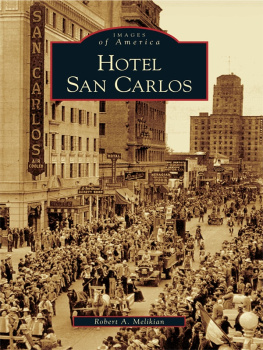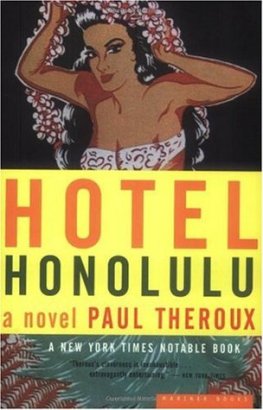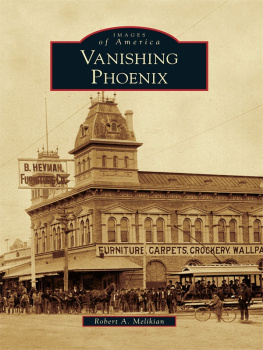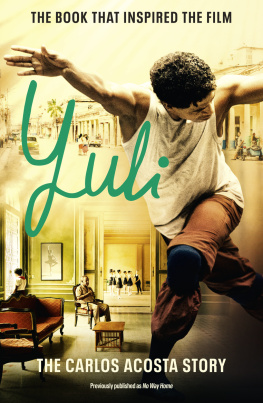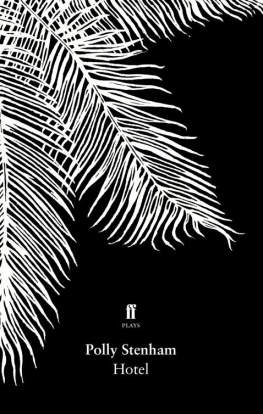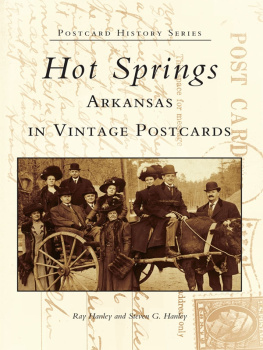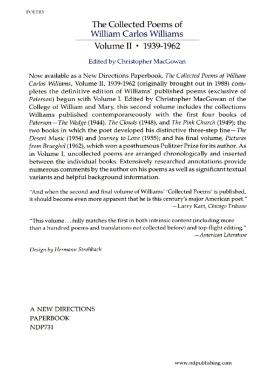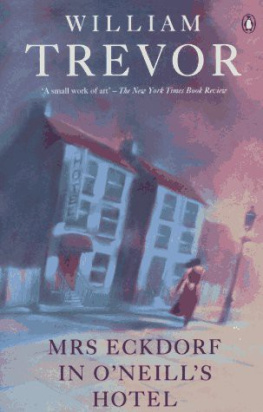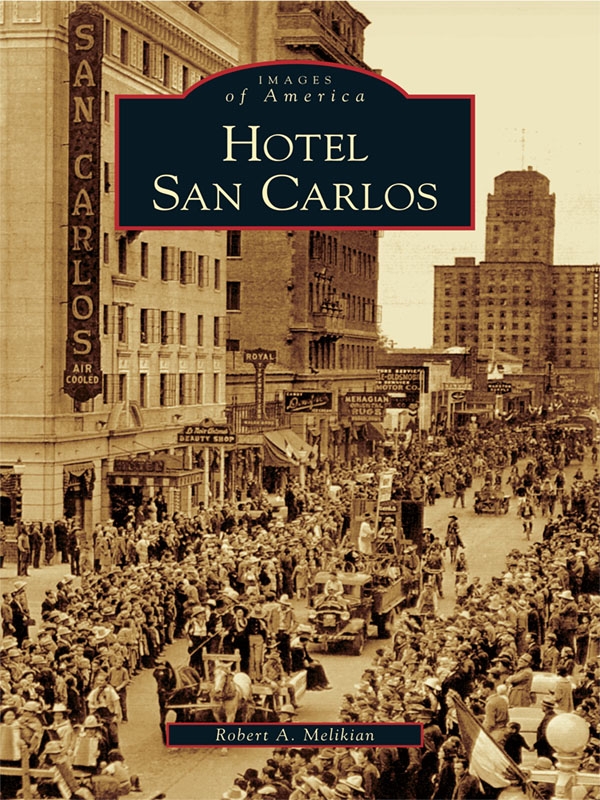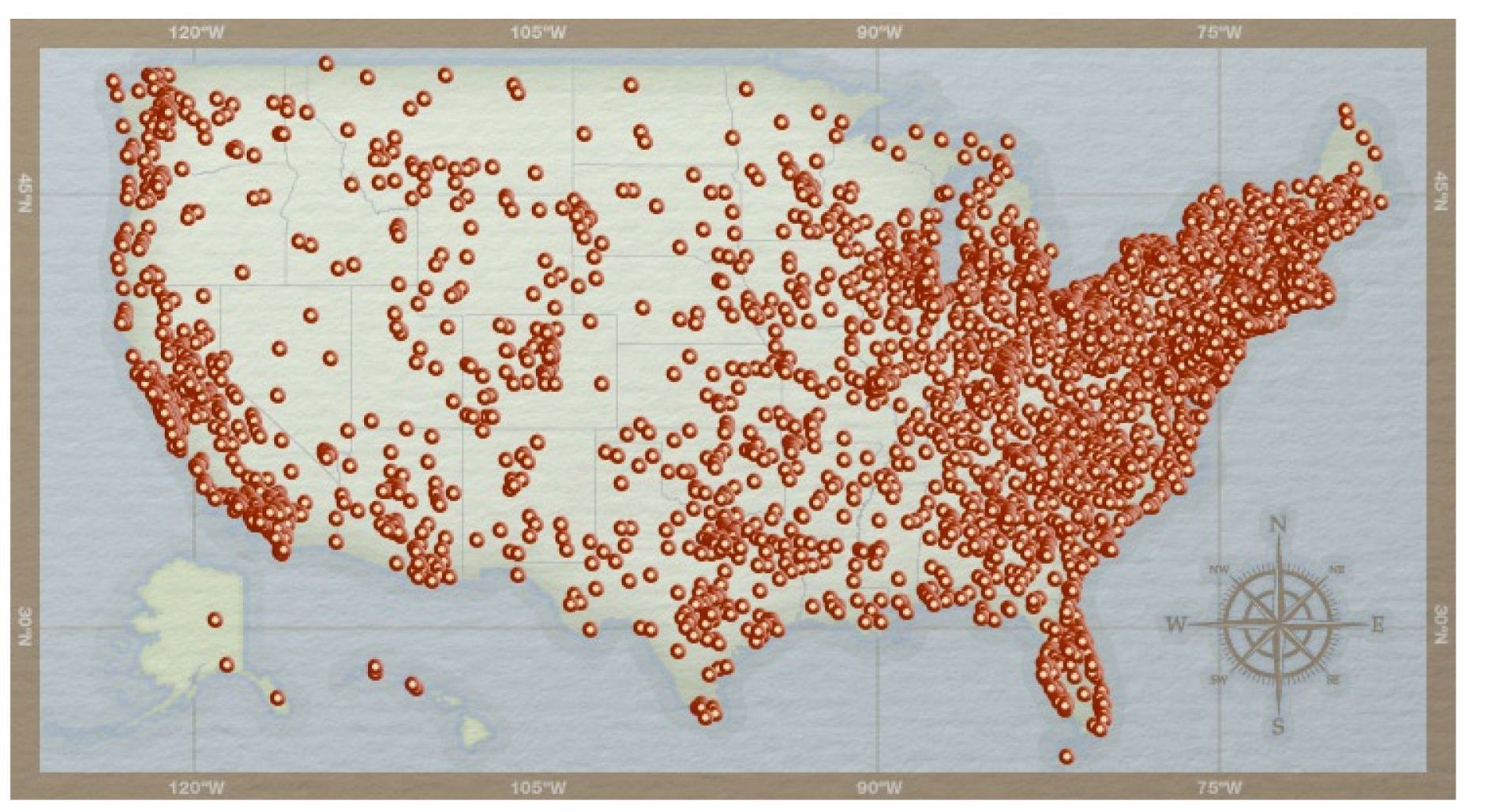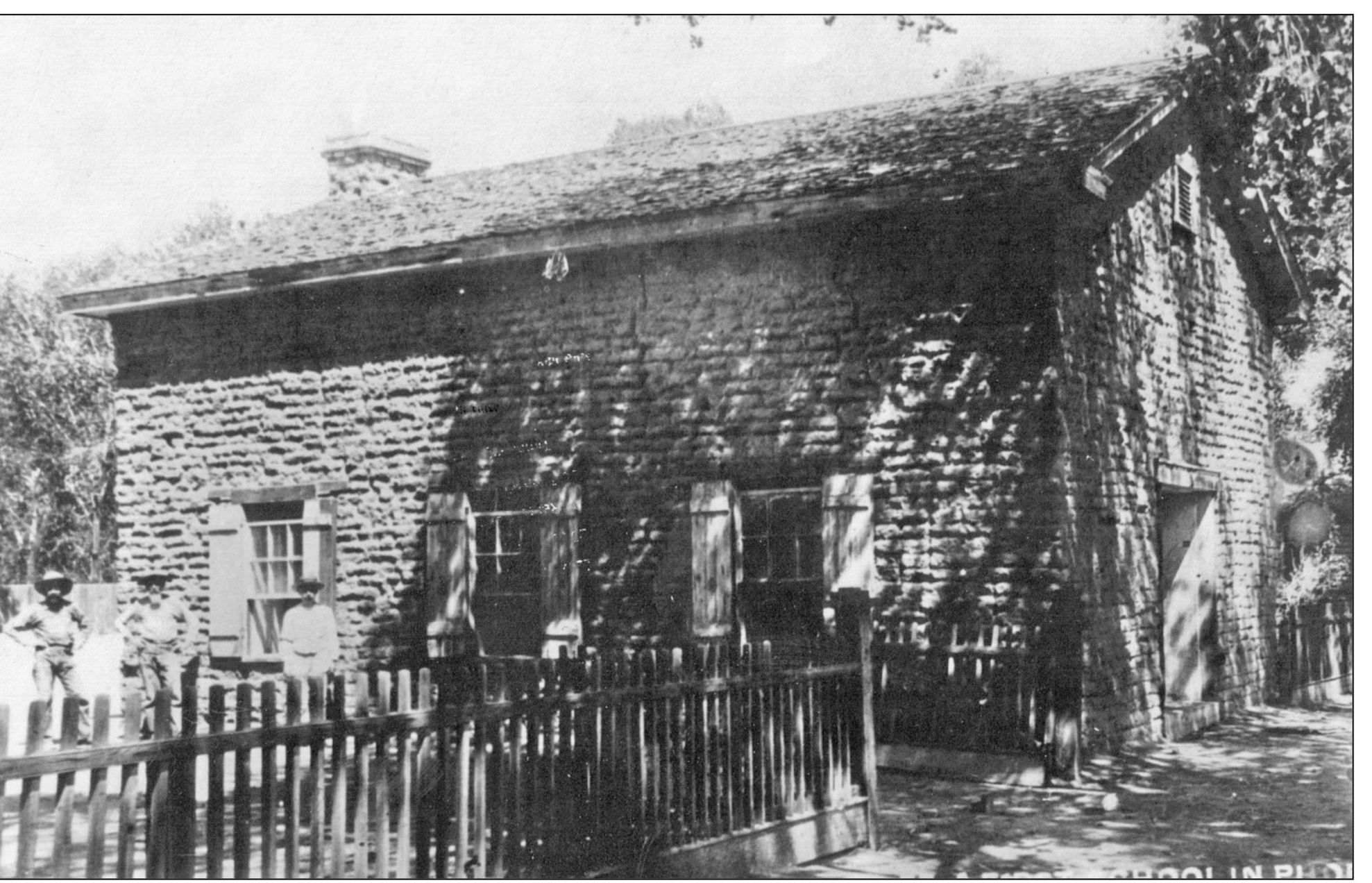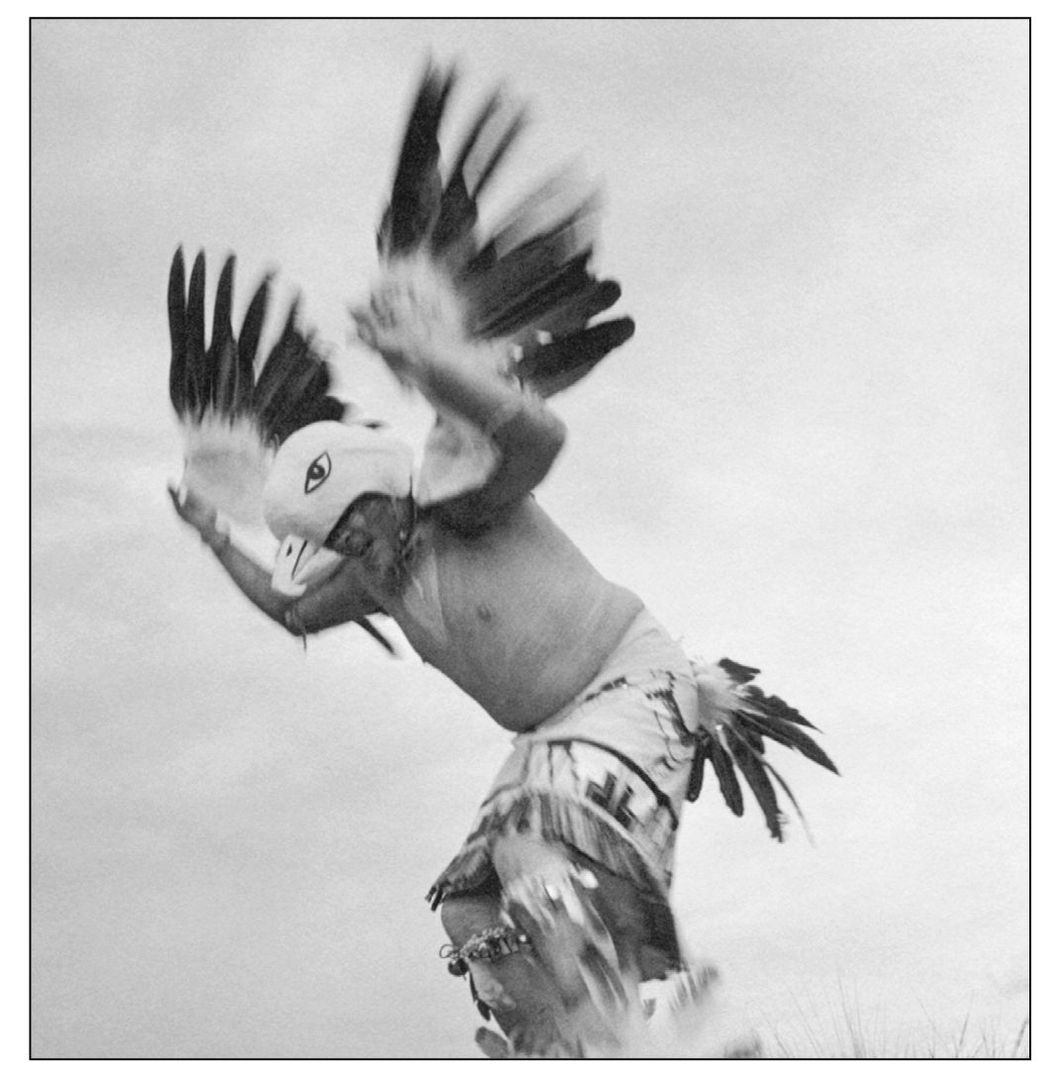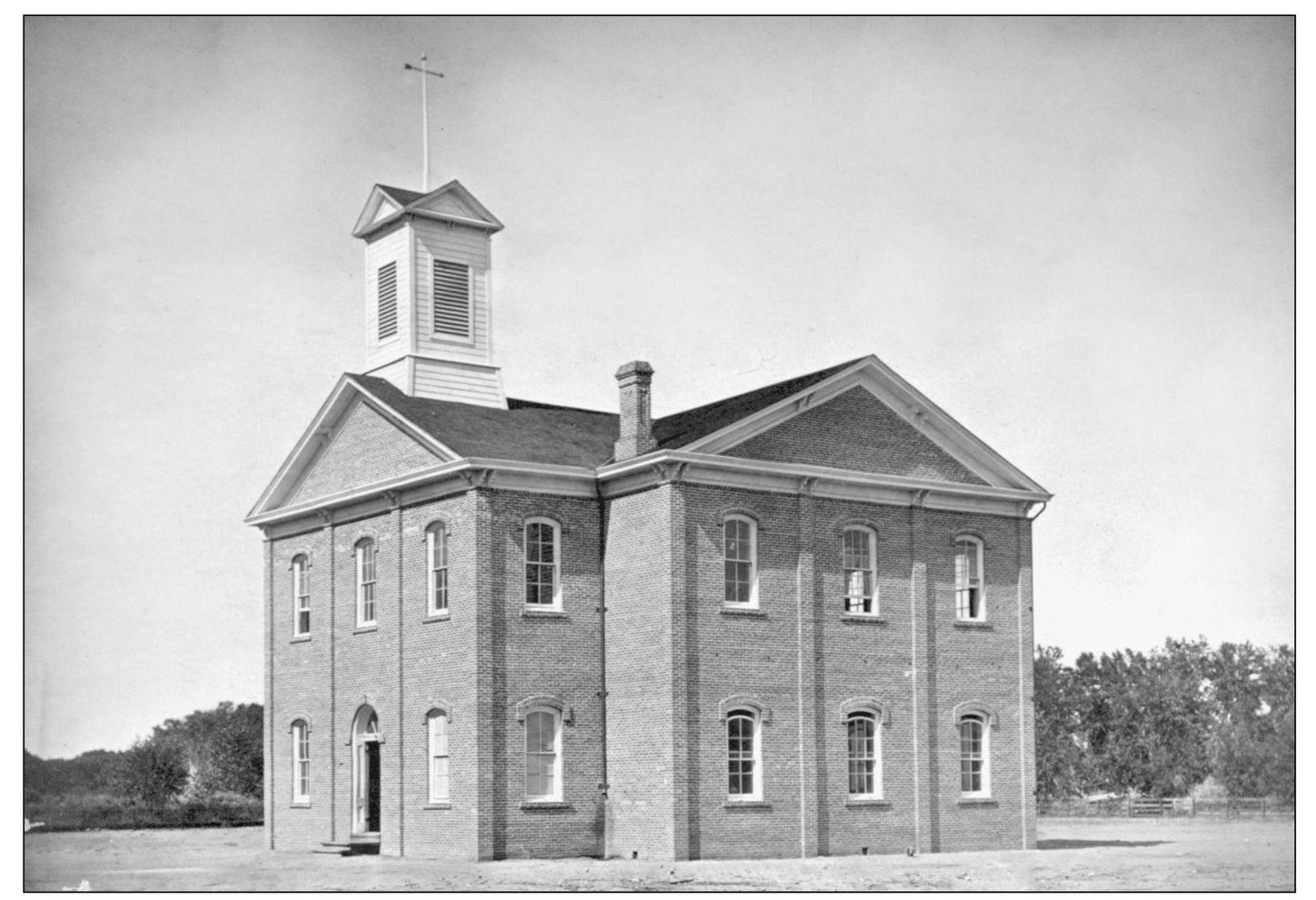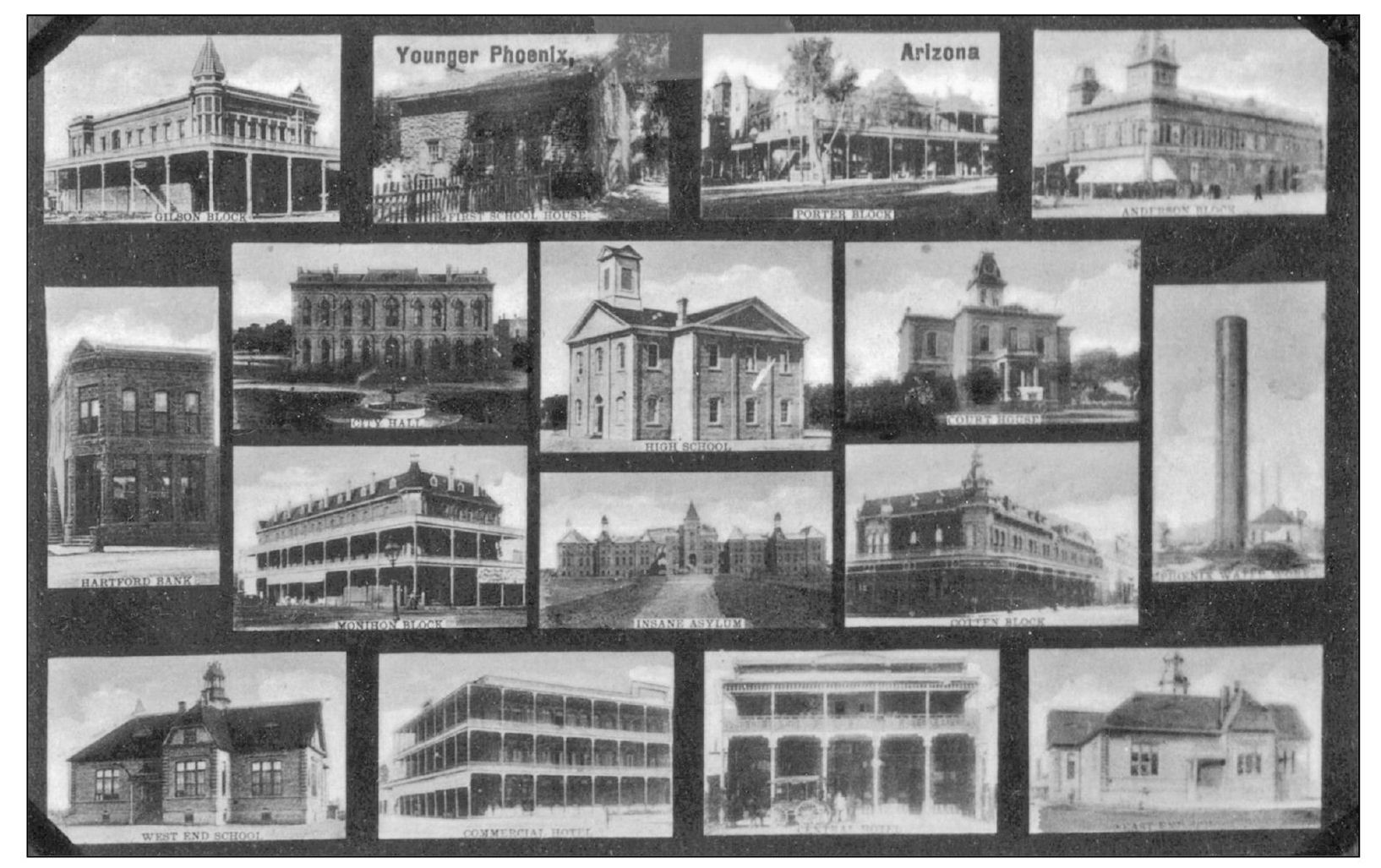One
THE LAND AND THE SCHOOL
Phoenix started out in the 1860s as a food-supply source for the people at the areas mines and military forts, utilizing some of the ancient Native American canals. The first settlement was near the Southeast corner of Van Buren and Thirty-second Streets. What we call downtown Phoenix was laid out in 1870. The town was 1 mile long, one-half mile wide, and was divided into 96 blocks. The townsite of Phoenix consisted of 320 acres. Washington was the main street, running east and west, and was 100 feet wide. Business and downtown lots sold for new real estate record highs of $7 to $11 in 1874.
The story goes that Native Americans worshipped a god of learning on the site of Center (Central Avenue), between Monroe and Van Buren Streets, so the first citizens built the towns schoolhouse there in 1873. But there was a more practical reason for the choice of the schools locationto keep the schoolchildren away from the rough cowboy lifestyle and vice located on Washington and Jefferson Streets. When the school was built, there were 16 saloons in Phoenix, four dance halls, two monte banks, and one faro table. A well was dug on the site in 1874 to provide water for the school and that well is still being used today. The Little Adobe, as the school was called, opened its doors for children of all ages and grade levels on November 10, 1873. Ellen Nellie Shaver was the teacher for everyone. The adobe was 20 by 30 feet and 16 feet high. There were three windows on each side, large double doors at one end, a fireplace at the other end, and it had a dirt floor. The school playground doubled as the town park and that is where people played their pickup baseball games. The number of students grew, and a two-story brick schoolhouse (the fourth brick building constructed in Phoenix) with four rooms and a bell tower was erected on the site in 1879 or 1880. In 1893, the brick schoolhouse was expanded to 16 rooms and, for almost a quarter century, served the schoolchildren of Phoenix. Its named changed to the Old Central School.
The schoolhouse period for this site slowly came to an end as schools were built on the fringes of the city to be closer to where the children lived. Monroe School (1914), Adams School (1911, renamed Grace Court School), and Kenilworth School (1920) are all still standing proud. The Old Central School was beginning to fall apart and was declared unsafe and condemned. The property was put up for sale. The entire block was purchased around 1919 by Dwight Heard. His plans were to erect the unique city/county building on the site, but the site sat empty during the 1920s, as that structure was actually slated for its current site on Washington Street. Then the influx of tourists from the airlines, railroads, and automobiles materialized, and the plans for the site changed to the Hotel San Carlos.
The first and only school in Phoenix for decades, the Old Adobe schoolhouse, was built in 1873 with Ellen Nellie Shaver as the teacher for all grades. It had a well for water, which is still operating in the basement of the Hotel San Carlos. The adobe school was 20 by 30 feet and 16 feet high. The schools playground doubled as the towns ballpark for decades where all pickup baseball games were played. (Courtesy ASU.)
The first settlers thought that the Native Americans worshipped a god of learning on this site, so the townspeople chose the location as their school. It was also chosen to be at the north side of the Phoenix townsite because it was away from the cowboy bars and vice on the south side. Today many people claim that the site has a good luck vortex into the earth. (Courtesy MC.)
In 1879, this brick school building replaced the Old Adobe schoolhouse. It was the fourth brick building in Phoenix and had four rooms and two stories. When this building was opened, the principals salary was raised to $100 per month and the intermediate instructors salary was raised to $80 per month, but the primary teachers salary remained at $50 per month. Over 300 children attended the school. (Courtesy PMOH.)
Phoenix was proud of its 16 main buildings in 1887 or 1889, when it used this postcard to display them. The old Adobe school is remembered on it, labeled Younger Phoenix, and the brick schoolhouse is called the high school. Around 1879, Phoenix was able to start manufacturing its own bricksthe building material of choice, especially for commercial buildings, because of the threat of fire. Note how many of the buildings had canopies and built-in wooden porches for shade to deal with the heat. (Courtesy PPL.)

